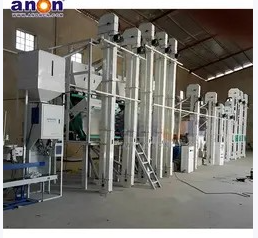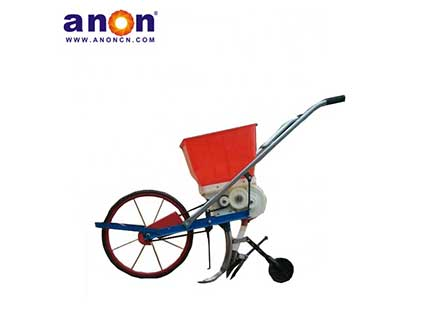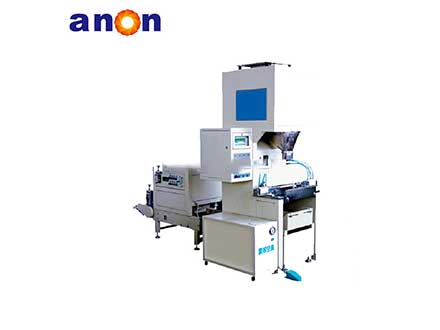A self-propelled combine harvester is an agricultural machinery equipment used to harvest cereal crops.
Compared with traditional combine harvesters, it has the ability to drive autonomously.
Usually equipped with advanced navigation systems and autonomous driving technology,
It can drive autonomously in the field and complete harvesting operations without manual operation.
This kind of machine can complete harvesting, threshing and baling in one go, greatly improving harvesting efficiency.
This article will introduce in detail the defining differences of this combine harvester,
How it works and how to choose the right model.
What is a self-propelled combine harvester
First of all, ANON would like to introduce in detail what a self-propelled combine harvester is.
The self-propelled combine harvester is an agricultural machinery equipment that integrates multiple functions such as harvesting, threshing and cleaning.
Equipped with a self-propelled drive and a series of mechanical components, the harvesting and threshing tasks can be carried out on the move and at the same time.
Compared with traditional harvesters, self-propelled combine harvesters have a higher degree of automation and harvesting efficiency.
Therefore, it is widely used in modern agricultural production.
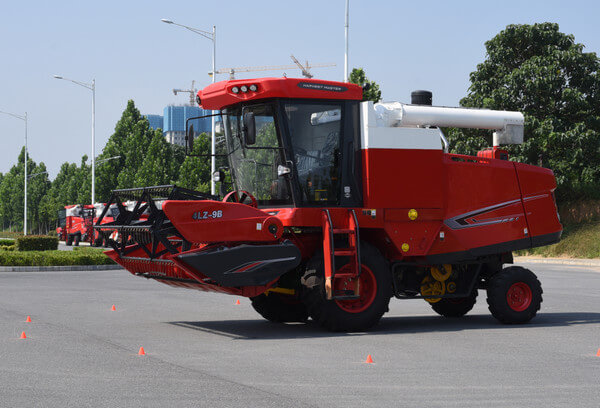
This combine harvester is mainly composed of the following parts: the walking system is used to move the self-propelled combine harvester,
The power system powers a combine harvester.
The conveyor system transports the harvested grain to the threshing system, which separates the grain from the stalks.
The cleaning system separates the grains from impurities, and the grain unloading system unloads the grains into the granary.
What are the differences between self-propelled harvesters
Next, let’s introduce the differences between self-propelled combine harvester and the different types.
Compared with traditional tractor-trailed harvesters, self-propelled harvesters have the following main differences.
- Self-propelled: The self-propelled harvester is equipped with a self-propelled drive device and can drive independently.
Achieve autonomous work in the field without relying on external equipment such as tractors. - Function integration: The self-propelled harvester integrates multiple functions such as harvesting, threshing and cleaning.
Intermediate steps are reduced and harvesting efficiency is improved. - Degree of automation: Self-propelled harvesters have a higher degree of automation.
Harvesters can be divided into wheeled combine harvesters and crawler combine harvesters according to the way they travel.
Wheeled combine harvesters are suitable for working on flat terrain.
Crawler combine harvesters are suitable for working on complex terrain such as hills and mountains.
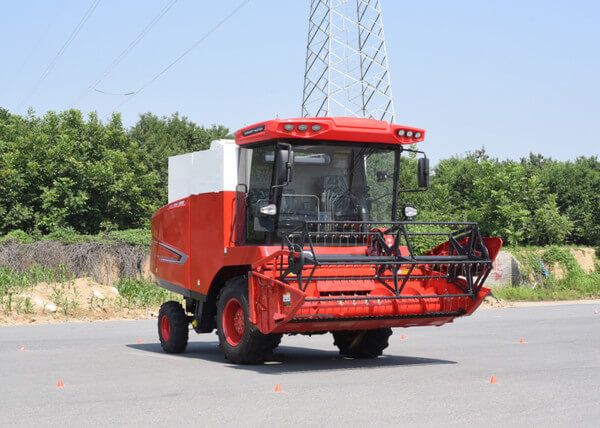
How a self-propelled combine harvester works
Self-propelled combine harvesters usually complete the harvesting and threshing work through the following steps.
- Site preparation: Before using a self-propelled combine harvester, farmers need to prepare the harvested fields to ensure that the ground is flat and free of obstacles to facilitate the work of mechanical equipment.
- Harvesting and conveying: The combine harvester realizes the harvesting and conveying of grains through cutting machines and conveying mechanisms. A cutter cuts the grain and a conveyor collects it and transports it to the thresher.
-Threshing and cleaning: Threshing can be done by separating the grains from the chaff through vibration, friction or air movement. At the same time, cleaning is performed to remove impurities and concentrate clean grain into storage bins. - Storage and transportation: Threshed grain will be stored in storage containers for future transfer or processing.
How to buy
After understanding the above product information and harvester types,
There are several factors to consider when choosing the right self-propelled combine harvester:
- Farm size: Farm size and field area will affect the need for machinery and equipment.
Larger farms may require larger, more efficient harvesters to increase harvesting efficiency. - Grain types: Different types of grains may require different models and configurations of harvesters,
to adapt to their different characteristics and needs. - Budget constraints: Purchasing a combine harvester requires a high investment,
Budget constraints are therefore also an important factor in selection. - Service and support: Choose manufacturers or suppliers with good after-sales service and support,
To ensure the normal operation and maintenance of the equipment.
Summarize
This combine harvester has become an important tool in modern agricultural production with its efficient harvesting capacity and multi-functional features.
Through its self-driving, functional integration and high degree of automation features,
Improved harvesting efficiency and farmers’ labor intensity.
ANON once again reminds farmers that when choosing a suitable model,
Factors such as farm size, grain type, budget constraints and service support need to be considered.
If you have any questions about our agricultural equipment, you can leave a message online for details.
I believe we will provide you with a satisfactory solution.


